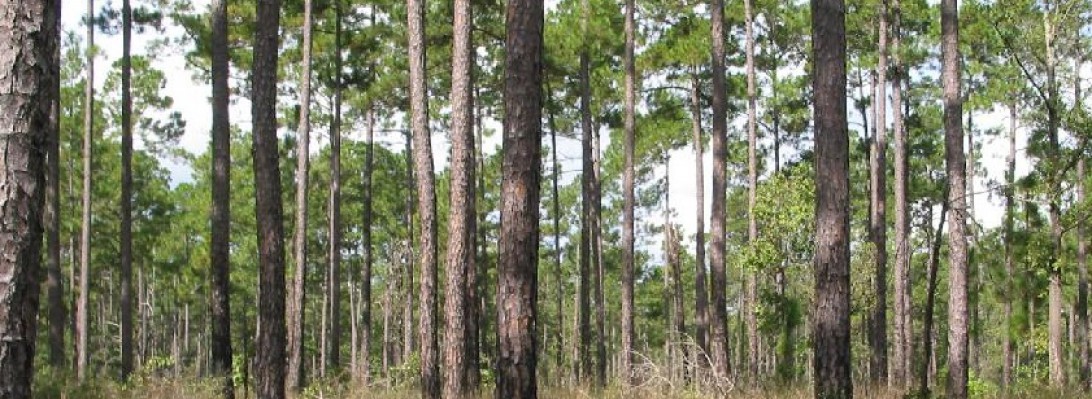NAMING
Scientific Name: Morus rubra
Family: Moraceae
Common: red mullberry
HABITAT
Native
Habitat: Mesic sites
Range: South Florida, west to Texas, north to Minnesota and the extreme southern portion of Ontario, Canada, and east to the Mid-Atlantic states.
TREE TRUNK
Size: Up to 70ft
Bark: brown, scaly plates
Twigs: –
LEAVES
Deciduous
Composition: simple
Arrangement: alternate
Shape: chordate, lobed
Margins: saw-toothed
Color: dull green on top with pubescence underneath
REPRODUCTION
Flowers: inconspicuous
Fruit: red to dark purple berries
USES
Wildlife: mammals eat the berries
Commercial: Horticulture












